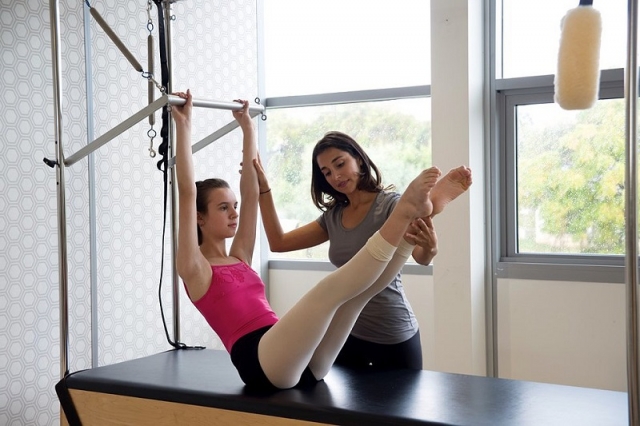Dancing is more than just movement it's discipline, expression, and athleticism rolled into one. But the physical demands of dance can take a toll on the body, especially without the right support. That's where dance physiotherapy comes in.
Whether you're training full-time, dancing for fun, or preparing to go en pointe, a dance physio understands your unique needs and can help you prevent injury, recover well, and perform at your best.
Dance physiotherapy is a specialised area of physiotherapy focused on the physical health and performance of dancers. It addresses common dance-related injuries, technical challenges, and the physical preparation needed for different dance styles and levels.
Unlike general physio, dance physio takes your technique, choreography, and performance goals into account. It's tailored, supportive, and dance-informed.
Common Issues Dance Physios Treat
Dancers are prone to overuse injuries, joint instability, and muscle imbalances. Some of the most common issues a dance physio treats include:
-
Achilles and patellar tendinopathy
-
Ankle sprains and instability
-
Hip pain and labral tears
-
Lower back pain
-
Stress fractures
-
Turnout-related knee or hip strain
-
Muscle tightness and general fatigue
Pre-Pointe Assessments
One key service offered by many dance physiotherapists is the pre-pointe assessment—a detailed screening for ballet dancers getting ready to transition to pointe shoes. This ensures that the dancer has the strength, control, mobility, and technique needed to go en pointe safely, reducing the risk of injury and setting them up for long-term success.
A pre-pointe assessment often includes:
-
Ankle and foot strength testing
-
Core and hip stability assessment
-
Flexibility and alignment checks
-
Individualised advice and exercises
What Happens in a Dance Physio Appointment?
A typical session includes a thorough assessment of your movement patterns, technique, and any current injuries or concerns. You might be asked to demonstrate specific movements—like pliés, développés, or jumps—so your physio can assess technique and spot any risk areas.
Treatment may include:
-
Hands-on manual therapy
-
Dance-specific strength and mobility exercises
-
Technique correction and education
-
Home programs for injury prevention or recovery
-
Return-to-dance planning
Can I See a Dance Physio Online?
Absolutely. Many dancers now choose to work with an online dance physio, especially if they don't have access to a dance-specialised clinic nearby or need flexible appointment times. Online dance physio sessions are ideal for injury prevention check-ins, technique coaching, exercise prescription, and follow-up support.
With high-quality video assessments and dance-specific knowledge, you can get the guidance you need—no matter where you're based.
Who Is Dance Physiotherapy For?
Dance physio can benefit:
-
Full-time and recreational dancers
-
Young dancers preparing for a pre-pointe assessment
-
Adults returning to dance after time off
-
Performers managing chronic or recurring injuries
-
Dance teachers seeking expert support for students
-
Anyone looking to improve movement quality, strength, or technique
Supporting Your Whole Dance Journey
Dance physiotherapy is about more than fixing pain—it's about helping you move freely, perform confidently, and enjoy dancing for years to come. Whether you're struggling with an injury, preparing for pointe work, or simply want to move better, working with a qualified dance physio—in person or online—can make all the difference.






